Home>diy>Building & Construction>What Is Construction Defect Litigation
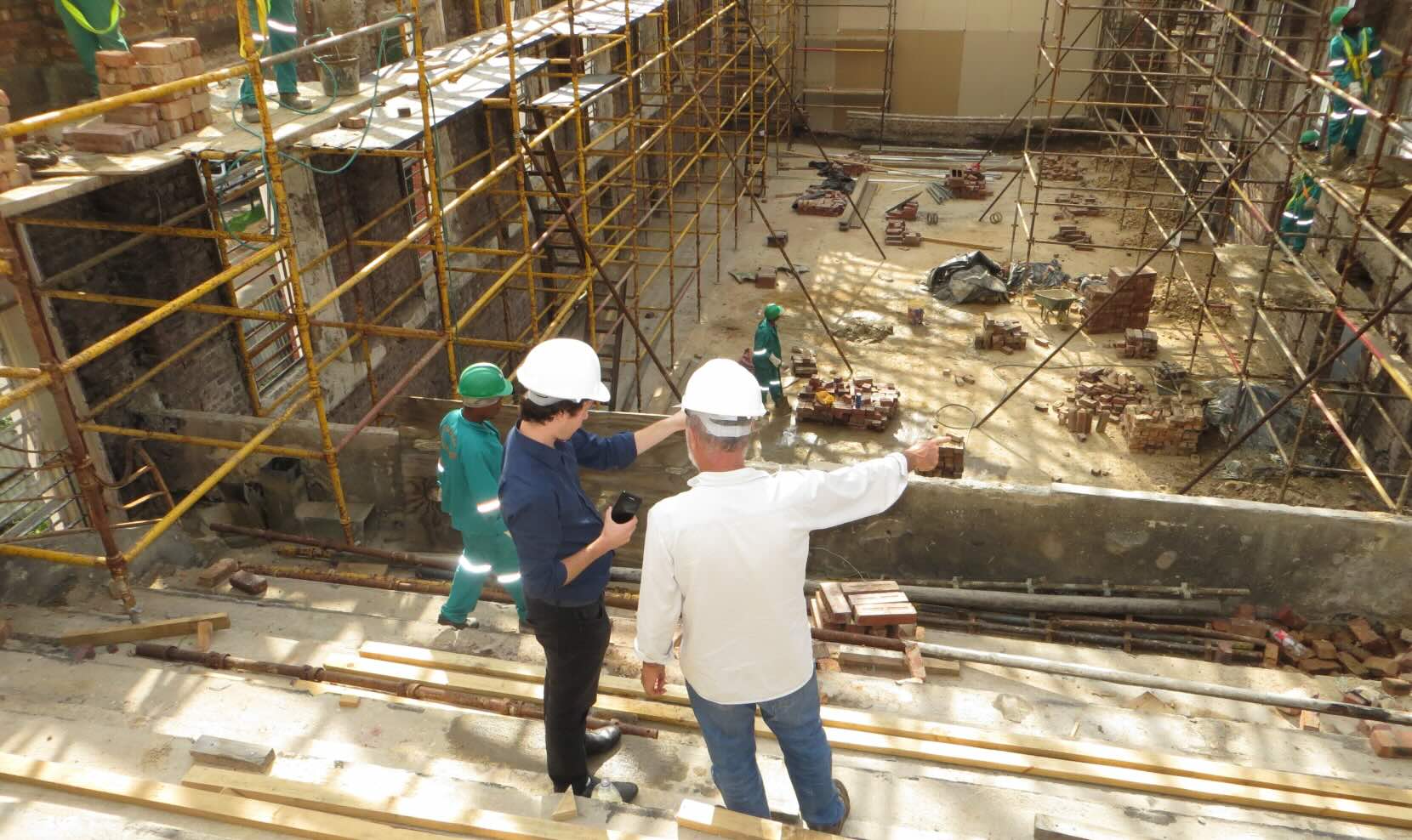

Building & Construction
What Is Construction Defect Litigation
Modified: January 20, 2024
Learn about construction defect litigation and its impact on building construction. Get insights into the legal process and how it affects contractors, developers, and homeowners.
(Many of the links in this article redirect to a specific reviewed product. Your purchase of these products through affiliate links helps to generate commission for Storables.com, at no extra cost. Learn more)
Introduction
Construction defect litigation is a legal process that arises when there are issues with the construction of a building or structure. It is a complex and specialized area of law that involves various parties, such as property owners, contractors, architects, and insurance companies. Construction defects can lead to significant financial losses, safety risks, and legal disputes. In this article, we will explore the definition of construction defect litigation, the types of defects that can occur, the causes behind these defects, the parties involved in litigation, the process of litigation, common remedies, and the challenges faced in such cases.
When a construction project results in defects or flaws that negatively impact the functionality, safety, or aesthetics of a building or structure, it can give rise to construction defect litigation. These defects can manifest in various forms, including design errors, faulty materials, poor workmanship, inadequate structural integrity, and improper installations. Construction defects can occur in any type of building, from residential homes and commercial buildings to infrastructure projects such as bridges and roads.
The causes of construction defects are diverse and can stem from multiple factors. Poor construction practices, lack of quality control, inadequate supervision, use of substandard materials, deviations from building codes and regulations, design errors, and natural disasters are some common contributors to construction defects. Identifying the cause of the defect is crucial in determining liability and assessing the extent of damages.
Construction defect litigation involves various parties, each with their own interests and potential liabilities. The primary parties typically include the property owner, the construction professionals involved in the project (such as architects, contractors, and engineers), subcontractors, material suppliers, and insurance companies. Each party may have different roles, responsibilities, and potential liabilities depending on the specific circumstances of the case.
The process of construction defect litigation can be lengthy and complex. It typically begins with the property owner discovering the defect and notifying the responsible parties. Following notification, the parties may undertake investigations, inspections, and negotiations to determine the cause of the defect, extent of damages, and potential resolutions. If a settlement cannot be reached, the case may proceed to litigation, where the parties present their arguments, evidence, and expert testimonies in front of a judge or jury.
Statutes of limitations and notice requirements play a significant role in construction defect litigation. These are legal timeframes within which a property owner must file a lawsuit or provide notice to the responsible parties. Failure to adhere to these timeframes can result in the loss of the right to pursue a claim. It is essential for property owners and construction professionals to be aware of these deadlines and take timely action.
Expert witnesses are often utilized in construction defect litigation to provide specialized knowledge and opinions on the defects, causes, and damages. These experts can include architects, engineers, contractors, construction consultants, and other professionals who possess the necessary expertise to evaluate and testify about the construction issues.
Key Takeaways:
- Construction defect litigation involves complex legal disputes between property owners, contractors, and other parties. Understanding the process, challenges, and remedies is crucial for seeking fair compensation and rectifying defects effectively.
- Expert witnesses play a pivotal role in construction defect litigation, providing specialized knowledge and opinions. Compliance with statutory limitations and notice requirements is essential to protect the right to pursue a claim and seek appropriate remedies.
Read more: How To Tell If A Smoke Detector Is Defective
Definition of Construction Defect Litigation
Construction defect litigation refers to the legal process that occurs when there are issues with the construction of a building or structure, leading to defects that may affect the functionality, safety, or aesthetics of the property. It is a specialized area of law that involves legal disputes between property owners and the various parties involved in the construction project, such as contractors, architects, engineers, and suppliers.
In construction defect litigation, the property owner, also known as the plaintiff, files a lawsuit against the responsible parties, seeking compensation for the damages caused by the defects. The responsible parties, often referred to as the defendants, can include the general contractor, subcontractors, architects, engineers, suppliers, and even insurance companies.
To establish a successful construction defect claim, the plaintiff must prove several elements. These elements typically consist of:
- Existence of a defect: The plaintiff must demonstrate that there is a defect in the construction of the building or structure. This can include issues such as plumbing leaks, foundation cracks, electrical malfunctions, or faulty materials.
- Failure to meet industry standards: The plaintiff must show that the construction did not meet the applicable industry standards, building codes, or contractual obligations.
- Damage or harm: The plaintiff needs to establish that the defects have caused actual damage or harm, whether it be financial losses, health risks, reduced property value, or other negative impacts.
- Causal relationship: The plaintiff must establish a causal relationship between the defects and the damages suffered. This requires demonstrating that the defects are the direct cause of the harm.
- Notice: In many jurisdictions, the plaintiff is required to provide notice to the responsible parties within a specific timeframe after discovering the defects. Failure to comply with these notice requirements may impact the plaintiff’s ability to pursue a claim.
Construction defect litigation can encompass a wide range of defects, including design errors, construction deficiencies, material defects, and failures to comply with building codes or regulations. These defects can manifest in numerous ways, such as structural issues, water intrusion, HVAC malfunctions, mold growth, electrical problems, or code violations.
Construction defect cases can be complex and often require extensive investigation, expert analysis, and legal expertise. The outcome of these cases can vary depending on factors such as the strength of the evidence presented, the jurisdiction’s laws, the parties involved, and the ability to negotiate or settle the dispute outside of court.
Ultimately, construction defect litigation aims to hold responsible parties accountable for their failures in the construction process and provide compensation to property owners for the damages they have incurred as a result of these defects. It serves as a legal recourse for property owners seeking justice and restitution for the financial, emotional, and physical burdens caused by construction defects.
Types of Construction Defects
Construction defects can manifest in various forms and impact different aspects of a building or structure. Understanding the different types of construction defects is crucial in determining liability and assessing the extent of damages. Here are some common types of construction defects:
- Structural Defects: Structural defects are issues that affect the stability, strength, or load-bearing capacity of a building or structure. These defects can include foundation cracks, uneven settlement, improper framing, inadequate structural support, or poorly executed reinforcements. Structural defects pose significant safety risks and can lead to structural failures if not addressed promptly.
- Water Intrusion: Water intrusion refers to the entry of water into a building or structure, leading to damage and potential mold growth. This can occur due to poor waterproofing, inadequate drainage systems, leaky roofs or windows, faulty plumbing, or improper installation of exterior cladding. Water intrusion can cause rotting wood, deteriorating building materials, mold and mildew growth, and damage to interior finishes.
- Defective Materials: Defective materials used in construction can result in significant defects and failures. This includes substandard or counterfeit building materials, such as low-quality concrete, inferior wood, faulty plumbing fixtures, or defective wiring. The use of defective materials can compromise the integrity, durability, and overall performance of the building or structure.
- Poor Workmanship: Poor workmanship refers to construction defects that arise from substandard or negligent craftsmanship. This can include improper installation of building components, inadequate sealing or caulking, shoddy finishing work, sloppy electrical or plumbing installations, or insufficient insulation. Poor workmanship can compromise the functionality, aesthetics, and longevity of the property.
- Design Errors: Design errors occur when there are flaws or deficiencies in the architectural or engineering plans of a construction project. These errors can result in issues such as inadequate structural design, improper space planning, lack of proper ventilation, insufficient lighting, or failure to consider environmental factors. Design errors can lead to functional or aesthetic problems and may require costly redesigns or retrofits.
- Code Violations: Code violations arise when the construction does not comply with the applicable building codes, regulations, or zoning requirements. These violations can include improper electrical wiring, inadequate fire safety measures, lack of accessibility features, or violations of energy efficiency standards. Code violations not only pose legal risks but also jeopardize the safety and usability of the property.
- Environmental Deficiencies: Environmental deficiencies refer to construction defects related to environmental hazards or impacts. This can include inadequate land preparation leading to soil erosion or landslides, improper handling or disposal of hazardous materials, contamination of soil or water sources, or failure to incorporate sustainable or green building practices. Addressing environmental deficiencies may require remediation measures to mitigate the negative impact on the environment.
These are just a few examples of the types of construction defects that can occur in a building or structure. Each defect requires careful evaluation to determine its cause, extent, and potential remedies. It is essential for property owners, contractors, architects, and other construction professionals to be aware of these defects and take appropriate measures to prevent or address them during the construction process.
Causes of Construction Defects
Construction defects can arise from a multitude of factors throughout the construction process. Identifying the causes behind these defects is crucial in determining liability and understanding how to prevent them in future projects. Here are some common causes of construction defects:
- Poor Construction Practices: Inadequate construction practices and techniques can contribute to defects. This can include inadequate supervision, lack of skilled labor, rushed construction schedules, and insufficient quality control measures. When construction professionals do not adhere to industry standards and best practices, it increases the likelihood of defects arising.
- Substandard Materials: The use of substandard or low-quality materials can lead to defects. This can occur when contractors or suppliers use inferior materials to save costs or when counterfeit materials infiltrate the supply chain. Defective materials can result in issues such as corrosion, decay, structural weakness, and premature failure.
- Design Errors: Design errors or deficiencies can contribute to construction defects. These can occur when architects or engineers fail to properly consider the project’s requirements, site conditions, functional needs, or building codes. Design errors can result in structural weaknesses, inadequate space planning, inefficient systems, and other issues that may compromise the integrity and functionality of the building.
- Poor Communication: Inadequate communication among project stakeholders can lead to errors and misunderstandings, contributing to construction defects. When there is a lack of clear communication between the owner, architects, contractors, subcontractors, and suppliers, important information may not be properly conveyed or understood. This can result in discrepancies, omissions, or misinterpretations that can lead to defects.
- Inadequate Planning: Insufficient planning or lack of thoroughness in the pre-construction phase can contribute to defects. This includes failure to conduct comprehensive site evaluations, inadequate feasibility studies, incomplete or inaccurate design documentation, and failure to identify potential risks or challenges. Inadequate planning can lead to design conflicts, logistical issues, and other problems that may contribute to construction defects.
- Failure to Follow Building Codes/Regulations: When construction professionals fail to comply with applicable building codes, regulations, or zoning requirements, it can result in defects. Building codes and regulations exist to ensure the safety, health, and welfare of occupants and the public. Non-compliance with these codes can lead to issues such as inadequate fire safety measures, improper electrical installations, insufficient insulation, or lack of accessibility features.
- Weather and Environmental Factors: External factors such as adverse weather conditions and environmental elements can contribute to construction defects. Extreme temperatures, excessive moisture, seismic activity, soil movement, and natural disasters can all impact the construction process and potentially lead to defects if proper precautions and structural design considerations are not taken.
These are just some of the common causes of construction defects. Each construction project is unique, and the specific causes of defects can vary depending on the circumstances. Understanding these causes and taking proactive measures to address them can help mitigate the occurrence of defects and ensure the successful completion of construction projects.
Parties Involved in Construction Defect Litigation
Construction defect litigation involves various parties, each with their own roles, responsibilities, and potential liabilities. Understanding the parties involved is crucial in navigating the legal process and determining liability for the construction defects. Here are the key parties typically involved in construction defect litigation:
- Property Owner: The property owner, also known as the plaintiff, is the individual or entity that owns the building or structure in question. The property owner initiates the litigation and seeks compensation for the damages caused by the construction defects. They are responsible for gathering evidence, documenting the defects, and proving their case.
- General Contractor: The general contractor is responsible for overseeing and managing the overall construction project. They hire and coordinate subcontractors, ensure compliance with building codes and regulations, and are typically the main point of contact for the property owner. The general contractor may be held liable for defects that occur as a result of their own negligence, inadequate supervision, or failure to properly coordinate and manage subcontractors.
- Subcontractors: Subcontractors are hired by the general contractor to perform specific tasks or trades within the construction project. They can include electricians, plumbers, framers, painters, and other specialized trades. Subcontractors may be responsible for defects that arise from their specific area of work if they fail to meet industry standards, follow plans and specifications, or exercise due care.
- Architects and Engineers: Architects and engineers are responsible for the design and planning of the construction project. They create the architectural and engineering plans, ensuring compliance with building codes and regulations, functionality, and aesthetics. Architects and engineers may be held liable for design errors or deficiencies that result in construction defects.
- Material Suppliers: Material suppliers provide the materials and products used in the construction project. They can include suppliers of lumber, concrete, roofing materials, windows, plumbing fixtures, and more. Material suppliers may be held liable for defects that result from providing substandard or defective materials.
- Insurance Companies: Insurance companies may be involved in construction defect litigation, especially if there are insurance policies in place that cover the construction project or the parties involved. Insurance companies may provide coverage for property damage, liability claims, or legal defense. They may be responsible for compensating the property owner or other parties for damages caused by construction defects, depending on the terms of the insurance policies.
- Expert Witnesses: Expert witnesses play a crucial role in construction defect litigation. These individuals possess specialized knowledge, expertise, and experience in various fields related to construction, such as architecture, engineering, construction management, or materials science. Expert witnesses provide opinions, analysis, and testimony regarding the defects, their causes, and the potential damages incurred.
Each party’s liability and involvement in construction defect litigation may vary depending on the specific circumstances of the case. It is essential for all parties to understand their rights, obligations, and potential liabilities, and to consult with legal counsel to navigate the complexities of construction defect litigation effectively.
Read more: What Is Construction
The Process of Construction Defect Litigation
Construction defect litigation is a complex legal process that unfolds in multiple stages. Understanding the process can help property owners and other involved parties navigate the legal system and effectively address construction defects. Here is a general overview of the process of construction defect litigation:
- Discovery and Notice: The process typically begins with the discovery of construction defects by the property owner. The property owner must provide proper notice to the responsible parties within the specified timeframe outlined by the jurisdiction’s laws. Notice requirements may vary, and failure to comply with these requirements can impact the ability to pursue a claim.
- Investigation and Evaluation: After receiving notice, the responsible parties, including contractors, subcontractors, architects, and engineers, may conduct their own investigations to assess the alleged defects. This can involve site inspections, evaluation of plans and specifications, reviews of construction records, and analysis of relevant documents. Both parties may also engage the services of expert witnesses to evaluate the defects, determine their causes, and assess the scope of damages.
- Negotiation and Mediation: In many cases, parties may attempt to resolve the dispute through negotiation or mediation before proceeding to formal litigation. This involves discussions and negotiations between the property owner and the responsible parties, often facilitated by a neutral third-party mediator. The goal is to reach a mutually agreeable settlement that addresses the defects and compensates the property owner for damages incurred.
- Filing a Lawsuit: If a resolution cannot be reached through negotiation or mediation, the property owner may choose to file a lawsuit against the responsible parties. The lawsuit initiates the formal litigation process. The property owner’s legal team prepares the complaint, outlining the allegations, damages sought, and legal grounds for the claim.
- Discovery and Pretrial Proceedings: Once the lawsuit is filed, both parties engage in the discovery process. This involves gathering and exchanging relevant information and evidence, including documents, photographs, expert reports, and witness statements. Depositions, where witnesses are questioned under oath, may also take place during this stage. Pretrial proceedings may include motions, hearings, and conferences to resolve any disputed legal issues and prepare the case for trial.
- Expert Testimony: Expert witnesses play a critical role in construction defect litigation. The parties may present expert reports and may call upon these witnesses to provide specialized knowledge and opinions regarding the construction defects, their causes, and the resulting damages. Expert testimony can be pivotal in proving or disputing liability and the extent of damages.
- Trial: If the case proceeds to trial, both parties present their arguments, evidence, and expert testimony before a judge or jury. The property owner’s legal team must demonstrate the existence of the defects, the liability of the responsible parties, and the damages suffered. The defendants, on the other hand, will seek to challenge or refute these claims. After reviewing the evidence and hearing the arguments, the judge or jury will make a decision on the outcome of the case.
- Appeals: In some instances, either party may choose to appeal the decision if they believe errors were made in the trial court’s judgment or procedures. Appeals can prolong the legal process as the case is reviewed by a higher court. The appeals process focuses on legal errors rather than reevaluating the evidence presented in the trial.
- Resolution and Remediation: Depending on the outcome of the litigation, the resolution may involve various remedies. If the property owner succeeds in proving the defects and liability, they may receive financial compensation to cover the cost of repairs, property damage, diminution in value, and other related damages. In some cases, remediation and repairs may be ordered to rectify the defects. The responsible parties may also be required to take steps to prevent similar defects in the future.
Each construction defect litigation case is unique, and the process may vary depending on the jurisdiction, specific issues, and the complexity of the case. It is important for all parties involved to consult with experienced legal professionals to navigate the process effectively and protect their rights and interests.
When dealing with construction defect litigation, it’s important to document all issues with photos and written descriptions to support your case.
Statute of Limitations and Notice Requirements
Statute of limitations and notice requirements play a critical role in construction defect litigation. These legal provisions impose time constraints on initiating a lawsuit and providing notice to the responsible parties. Failure to adhere to these requirements can negatively impact a property owner’s ability to pursue a claim. Here is an overview of statute of limitations and notice requirements in construction defect cases:
Statute of Limitations:
The statute of limitations sets a specific time limit within which a property owner must file a lawsuit after the discovery of construction defects. The timeframe varies by jurisdiction and is typically measured from the date the defects were discovered or from when they should have been reasonably discovered. Statutes of limitations in construction defect cases can range from a few years to several years.
It is crucial to understand and comply with the applicable statute of limitations for construction defect claims. Failing to file a lawsuit within the prescribed time frame may result in the loss of the right to pursue legal action. Property owners should consult with legal professionals to determine the specific statute of limitations in their jurisdiction and ensure timely initiation of the litigation process.
Notice Requirements:
In addition to the statute of limitations, many jurisdictions have specific notice requirements that property owners must fulfill before filing a construction defect lawsuit. Notice requirements serve various purposes, including providing the responsible parties with an opportunity to investigate and potentially remedy the defects before being subjected to litigation.
Notice requirements typically specify the timeframe within which a property owner must provide written notice to the responsible parties after discovering the construction defects. The notice should include a description of the defects, evidence supporting the claim, and a demand for corrective action or compensation. Failure to comply with the notice requirements can impact a property owner’s ability to proceed with a lawsuit.
It is important for property owners to carefully review and follow the notice requirements established by their jurisdiction. This involves promptly notifying the responsible parties of the defects and ensuring that the notice is properly documented and delivered within the specified time frame. Property owners should consult with legal counsel to ensure compliance with the notice requirements and protect their rights.
Exceptions and Tolling:
There may be exceptions and tolling provisions that can affect the statute of limitations and notice requirements in construction defect cases. These exceptions can include provisions for latent defects (defects that are not immediately apparent) or fraudulent concealment (when the responsible parties intentionally hide or misrepresent the defects). In such cases, the statute of limitations may be extended or tolled to allow for a longer period to bring a claim.
It is essential to consult with legal professionals to understand the specific exceptions and tolling provisions that may apply in construction defect cases. These provisions can vary by jurisdiction, and their application depends on the specific circumstances of the case.
Understanding and complying with the statute of limitations and notice requirements is crucial in construction defect litigation. Property owners should consult with experienced attorneys specializing in construction defect law to ensure that they meet the necessary deadlines and protect their rights to seek compensation for the damages caused by the defects.
Expert Witnesses in Construction Defect Litigation
Expert witnesses play a crucial role in construction defect litigation by providing specialized knowledge, opinions, and testimony on various aspects of the case. Their expertise helps the court and the parties involved to understand complex technical issues, evaluate the causes of the defects, and assess the extent of damages. Here is an overview of the role and significance of expert witnesses in construction defect litigation:
Expertise and Specialization:
Expert witnesses in construction defect cases possess specialized knowledge, training, and experience in specific areas relevant to the construction industry. These areas can include architecture, engineering, construction management, materials science, building codes, and regulations. Their expertise allows them to evaluate the defects, identify the causes, and provide professional opinions on matters such as design errors, construction standards, building practices, and industry norms.
Evaluating Construction Defects:
Expert witnesses are typically involved in evaluating the defects identified in a construction project. They conduct thorough investigations, site inspections, and analyses to assess the nature and extent of the defects. They may review construction plans and specifications, inspect the building components, analyze construction records, and perform necessary tests or experiments to determine the causes and effects of the defects. Expert witnesses provide objective, evidence-based reports and opinions that help parties understand the construction issues at hand.
Providing Opinions and Testimony:
One of the primary roles of expert witnesses is to provide opinions and testimony during construction defect litigation. They may be called upon to testify in depositions, hearings, and trial proceedings. Their testimony assists the court and the parties in understanding complex technical concepts related to the defects, their causes, and the resulting damages. Expert witnesses present their findings, explain their opinions, and respond to direct and cross-examination questions. Their expertise lends credibility to their opinions and helps the court make informed decisions.
Settlement Negotiations and Mediation:
Expert witnesses can also play a vital role outside of the courtroom. During settlement negotiations or mediation, their expertise and opinions can assist parties in reaching a resolution. They may provide objective analyses and advice regarding the strengths and weaknesses of the claims or defenses, potential liability, and estimated damages. Expert witnesses can help parties assess the merits of their positions and facilitate productive discussions in an effort to avoid lengthy litigation.
Educating and Guiding Attorneys:
Expert witnesses also serve as valuable resources for attorneys handling construction defect cases. They can assist attorneys in understanding technical aspects of the case, identifying key issues, and developing effective legal strategies. Expert witnesses collaborate with attorneys to interpret and analyze construction documentation, plan discovery requests, prepare cross-examination questions, and evaluate the strengths of the case. Their knowledge and guidance enhance the attorney’s ability to present a compelling argument and protect the interests of their clients.
Overall, expert witnesses bring a wealth of knowledge and experience to construction defect litigation. Their specialized expertise helps parties evaluate the defects, determine liability, and assess damages. By providing objective opinions and testimony, expert witnesses play a pivotal role in assisting the court in making well-informed decisions and ensuring a fair resolution to construction defect disputes.
Common Remedies in Construction Defect Cases
Construction defect cases seek to address the damages caused by construction defects and provide appropriate remedies to rectify the issues. The specific remedies available in construction defect cases can vary depending on the jurisdiction and the circumstances of the case. Here are some common remedies sought in construction defect cases:
- Repair and Replacement: One of the primary remedies sought in construction defect cases is the repair or replacement of the defective components. This can involve correcting design errors, addressing construction deficiencies, and fixing defective materials or installations. The responsible parties may be required to bear the cost of repairs or replacements necessary to bring the building or structure back to its intended condition.
- Compensation for Diminished Value: Construction defects can diminish the value of a property. In such cases, property owners may seek compensation for the reduced value of their property caused by the defects. The property owner may be entitled to receive financial compensation reflecting the difference between the value of the property without the defects and its value with the defects.
- Compensation for Repair Costs: Property owners may seek compensation for the costs incurred in repairing the defects. This can include the expenses associated with hiring contractors, purchasing materials, and undertaking the necessary construction work to remedy the defects. The responsible parties may be required to cover these repair costs to make the property whole again.
- Loss of Use or Rental Income: Construction defects can render a property uninhabitable or unsuitable for its intended use. In such cases, property owners may seek compensation for the loss of use or rental income resulting from the defects. The responsible parties may be required to compensate the property owner for the financial losses incurred due to the inability to use or rent the property during the repair process.
- Professional Fees and Expert Costs: Property owners may seek reimbursement for professional fees and expert costs incurred during the litigation process. This can include legal fees, fees for expert witnesses, costs of investigations, and expenses related to gathering evidence or conducting inspections. The responsible parties may be required to reimburse the property owner for these reasonable costs associated with pursuing the construction defect claim.
- Contractual Remedies: Depending on the terms of the construction contract or any applicable warranties, property owners may be entitled to contractual remedies to address construction defects. This can involve the enforcement of warranty provisions, performance guarantees, or specific clauses in the contract that govern dispute resolution or the responsibility for defects. Contractual remedies can provide an additional avenue for addressing construction defects and seeking appropriate remedies.
- Legal Damages: In some cases, property owners may seek legal damages, which can include compensation for emotional distress, loss of enjoyment, inconvenience, and other non-economic losses suffered as a result of the construction defects. However, securing legal damages in construction defect cases may require meeting specific legal requirements set forth by the jurisdiction.
The availability and scope of these remedies can vary depending on factors such as the jurisdiction’s laws, the specific defects, the parties involved, and the evidence presented. It is essential for property owners to consult with experienced construction defect attorneys to understand the remedies available in their specific case and to pursue fair compensation for their damages.
Read more: What Is Retrofit In Construction
Challenges in Construction Defect Litigation
Construction defect litigation presents various challenges for all parties involved. From complex technical issues to legal complexities, navigating construction defect cases can be a formidable task. Here are some common challenges faced in construction defect litigation:
- Technical Complexity: Construction defect cases often involve intricate technical concepts and industry-specific knowledge. Understanding the complexities of design, construction techniques, materials, and building codes requires expertise in the field. Interpreting and presenting technical evidence, including expert reports and testimony, can be challenging for both attorneys and the court.
- Evidence Collection: Gathering and presenting evidence is crucial in construction defect cases. Collecting relevant documentation, such as construction plans, permits, contracts, and maintenance records, can be time-consuming and require extensive coordination among various parties. Additionally, obtaining access to the construction site, conducting inspections, and preserving evidence may present logistical hurdles.
- Multiple Parties and Insurance Coverage: Construction projects involve numerous parties, each having distinct roles, responsibilities, and potential liabilities. Determining which parties are responsible for the defects and navigating their insurance coverage can be complex. Coordinating with multiple insurance companies and handling disputes over coverage can further complicate the litigation process.
- Expert Witness Testimony: Expert witnesses play a crucial role in construction defect litigation, but their selection, preparation, and testimony can pose challenges. Identifying qualified experts, coordinating their schedules, and managing the complexities of their opinions can be challenging. Presenting complex technical information in a manner that is accessible to the court and the jury requires skilled handling.
- Statute of Limitations and Notice Requirements: Compliance with statute of limitations and notice requirements is essential in construction defect cases. Failure to meet the prescribed deadlines can jeopardize a property owner’s ability to pursue a claim. Calculating the appropriate timeline for filing a lawsuit and providing notice can be complicated, especially in cases where defects may have been latent or concealed.
- Costly and Lengthy Litigation: Construction defect litigation can be expensive and time-consuming. The extensive discovery process, expert fees, legal costs, and time required for trial preparation can contribute to substantial expenses. Furthermore, the timeline for resolving construction defect cases can be protracted, which may place a financial and emotional burden on the parties involved.
- Contractual Defenses and Indemnity Provisions: Construction contracts often include provisions such as limitation of liability, indemnity clauses, and dispute resolution mechanisms that can impact the litigation process. Defending against contractual defenses and interpreting these provisions can present additional challenges in construction defect cases.
- Collaborating with Construction Professionals: Coordinating efforts and cooperation among various construction professionals can be challenging. Disputes may arise over responsibilities, blame-shifting, or differences in opinions regarding the causes and repairs of the defects. Managing conflicts and obtaining cooperation from all parties involved can be crucial for the successful resolution of the case.
Overcoming these challenges requires a strategic and diligent approach. Property owners and construction professionals are well-advised to seek the assistance of experienced construction defect attorneys who specialize in this area of law. Effective legal representation can help navigate the complexities, protect the rights of the parties involved, and work towards a fair resolution of the construction defect issues.
Conclusion
Construction defect litigation is a complex and specialized area of law that addresses the damages caused by defects in the construction of buildings or structures. It involves various parties, including property owners, contractors, architects, engineers, and insurance companies. Throughout the litigation process, property owners must navigate challenges such as technical complexity, evidence collection, multiple parties and insurance coverage, expert witness testimony, statutory limitations, and costly litigation. Nonetheless, understanding the process and common remedies available can help property owners seek appropriate compensation.
The success of construction defect litigation relies on the expertise of attorneys and the support of expert witnesses who can evaluate the defects, identify their causes, and assess the extent of damages. Their specialized knowledge helps property owners prove their claims and seek remedies such as repair or replacement, compensation for diminished value or repair costs, loss of use or rental income, reimbursement of professional fees and expert costs, contractual remedies, and even legal damages for non-economic losses.
Attention to statutory limitations and notice requirements is also crucial to protect the right to pursue a claim and ensure compliance with legal obligations. Missing these deadlines can jeopardize a property owner’s ability to seek compensation and rectify the defects effectively.
Construction defect litigation is not without its challenges. The technical complexity, multiple parties involved, insurance coverage complexities, and the cost and length of litigation can create significant obstacles. Nevertheless, with the assistance of experienced attorneys specializing in construction defect law, property owners can effectively navigate these challenges and work towards a fair resolution.
In conclusion, construction defect litigation serves as a legal recourse for property owners to seek justice and compensation for damages caused by construction defects. By understanding the process, parties can effectively address and remedy the defects, protect their rights, and work towards achieving a fair and satisfactory resolution. With the right legal representation and support, property owners can mitigate the financial and emotional burdens associated with construction defects and ensure the integrity and safety of their property.
Frequently Asked Questions about What Is Construction Defect Litigation
Was this page helpful?
At Storables.com, we guarantee accurate and reliable information. Our content, validated by Expert Board Contributors, is crafted following stringent Editorial Policies. We're committed to providing you with well-researched, expert-backed insights for all your informational needs.
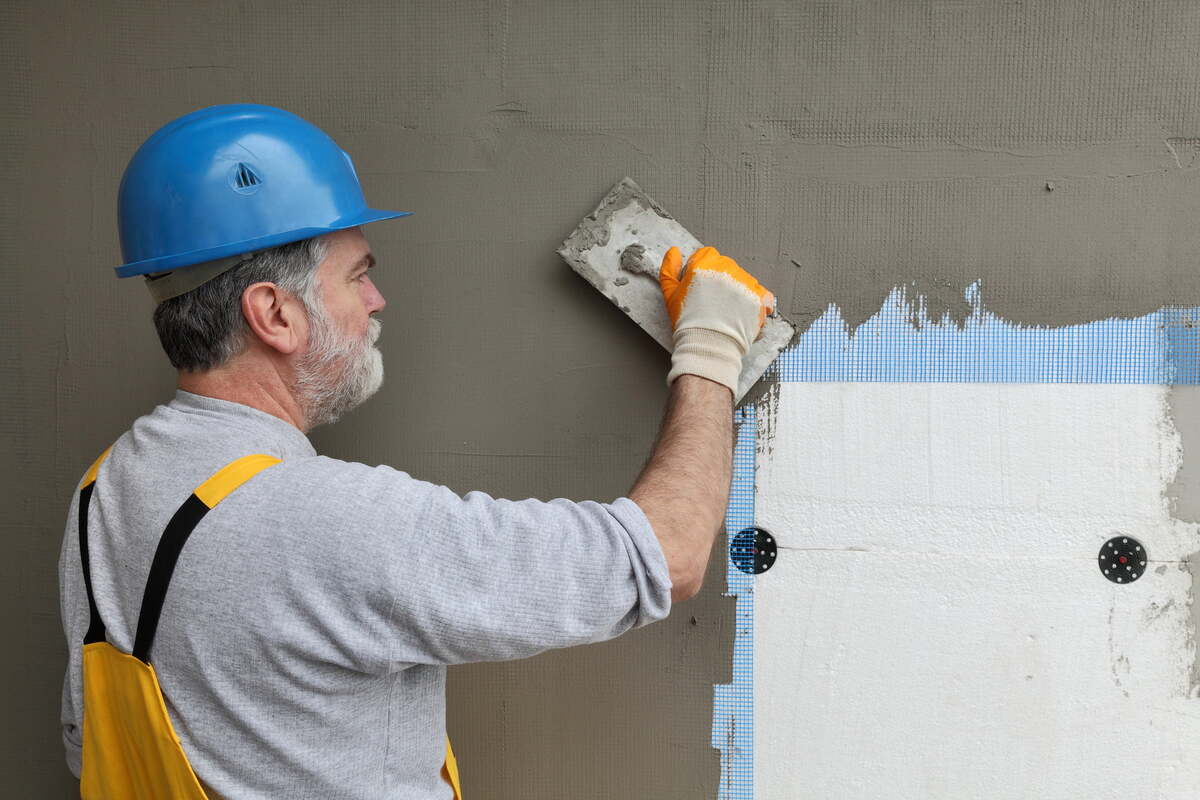
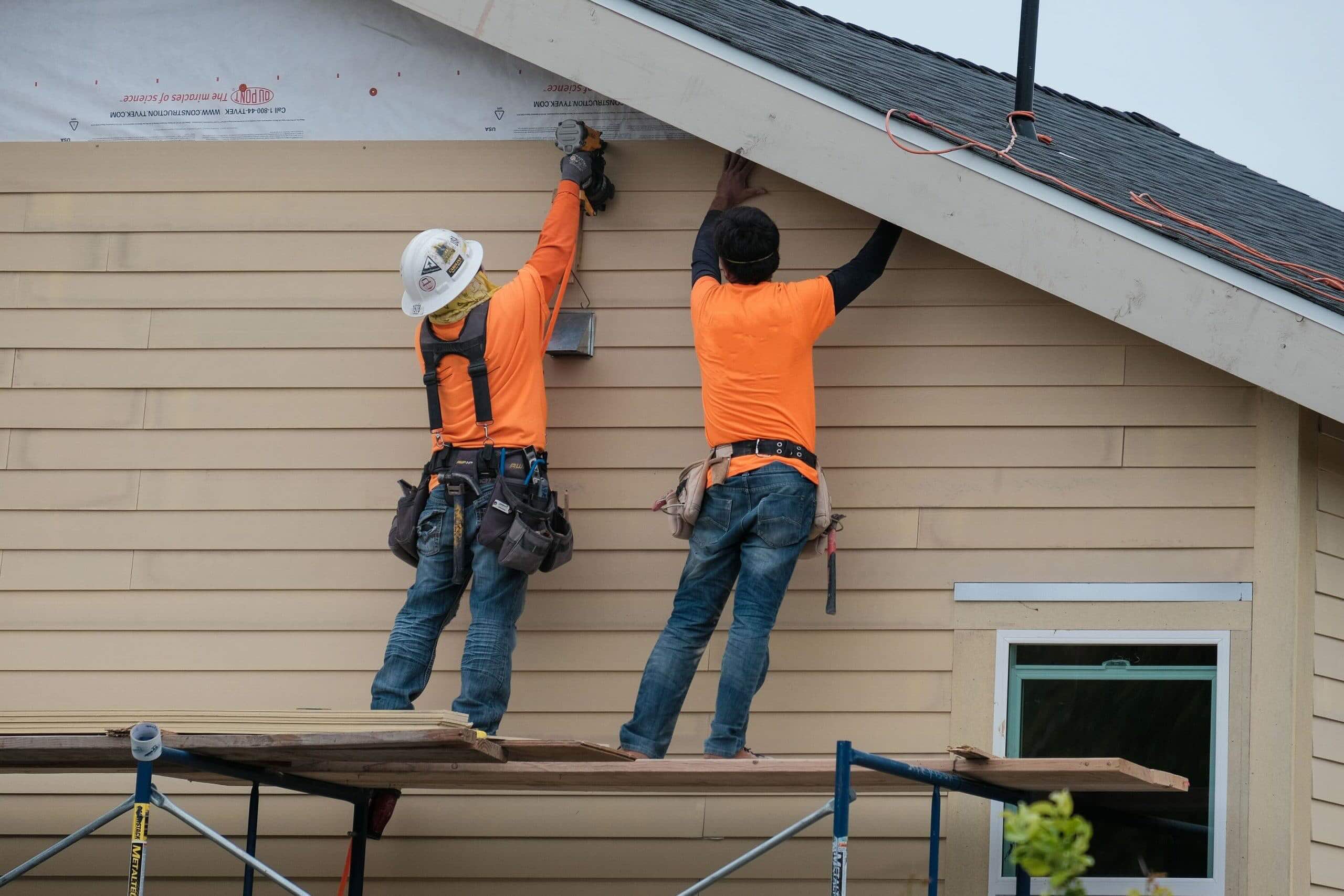
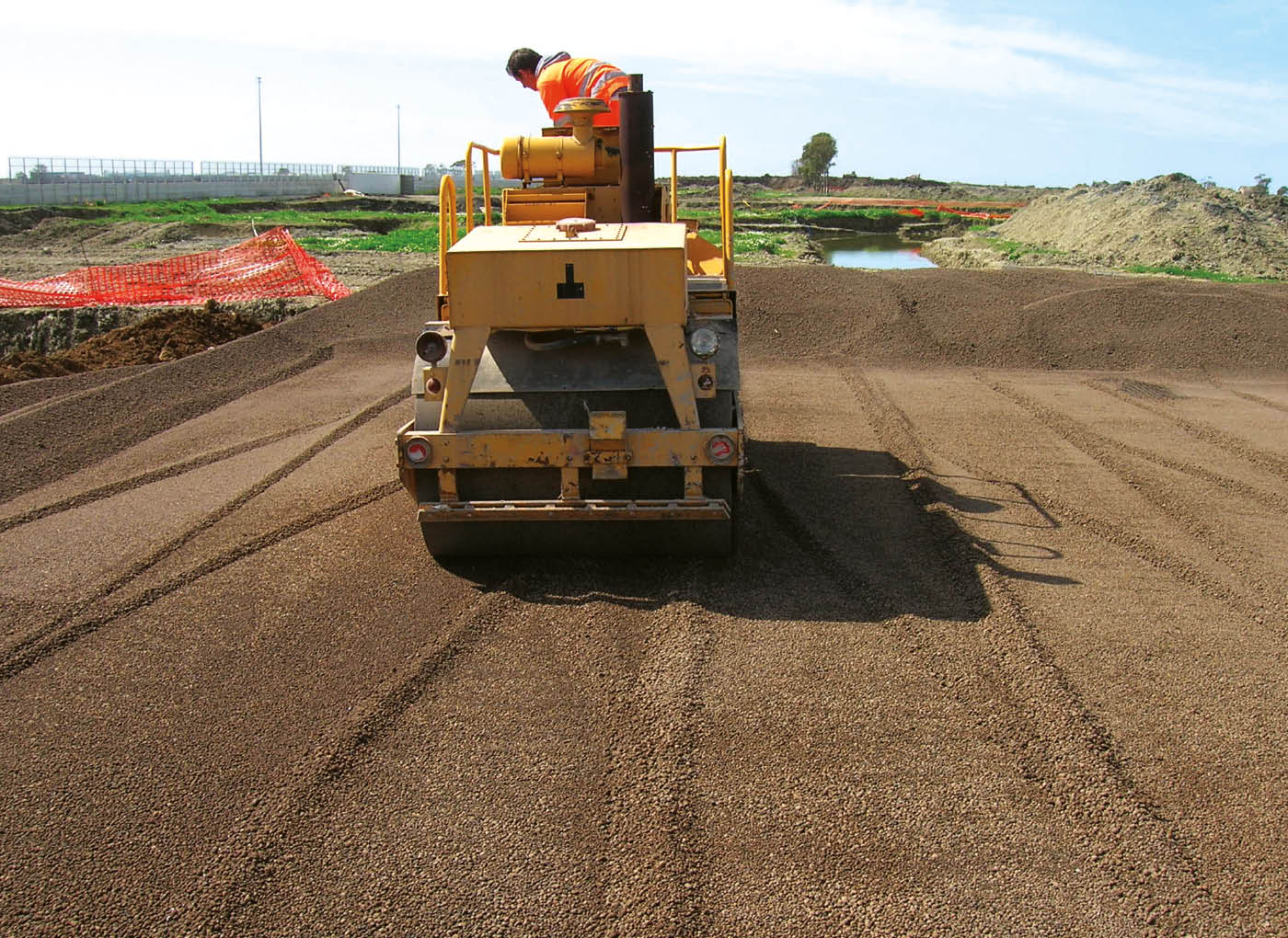
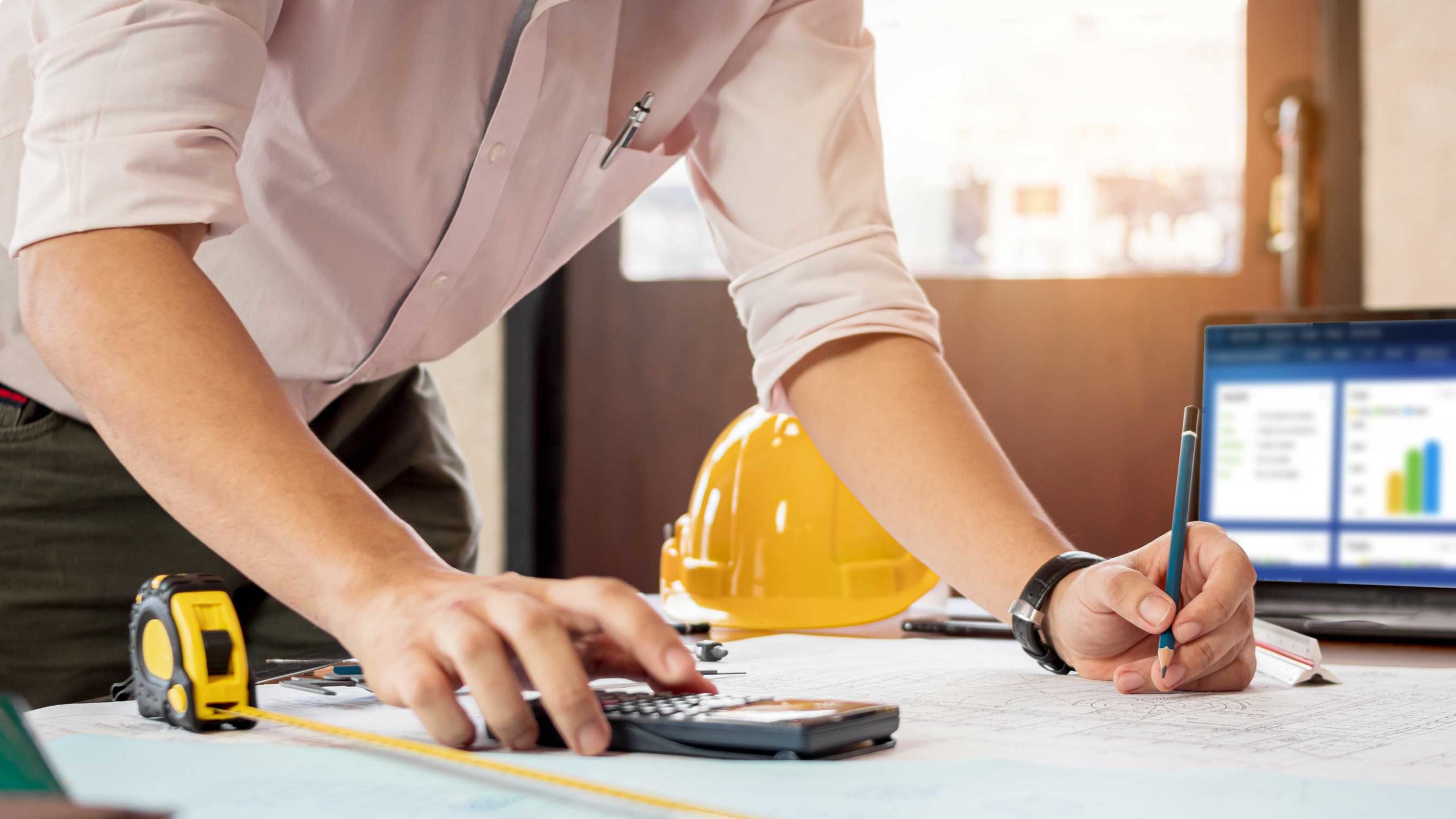
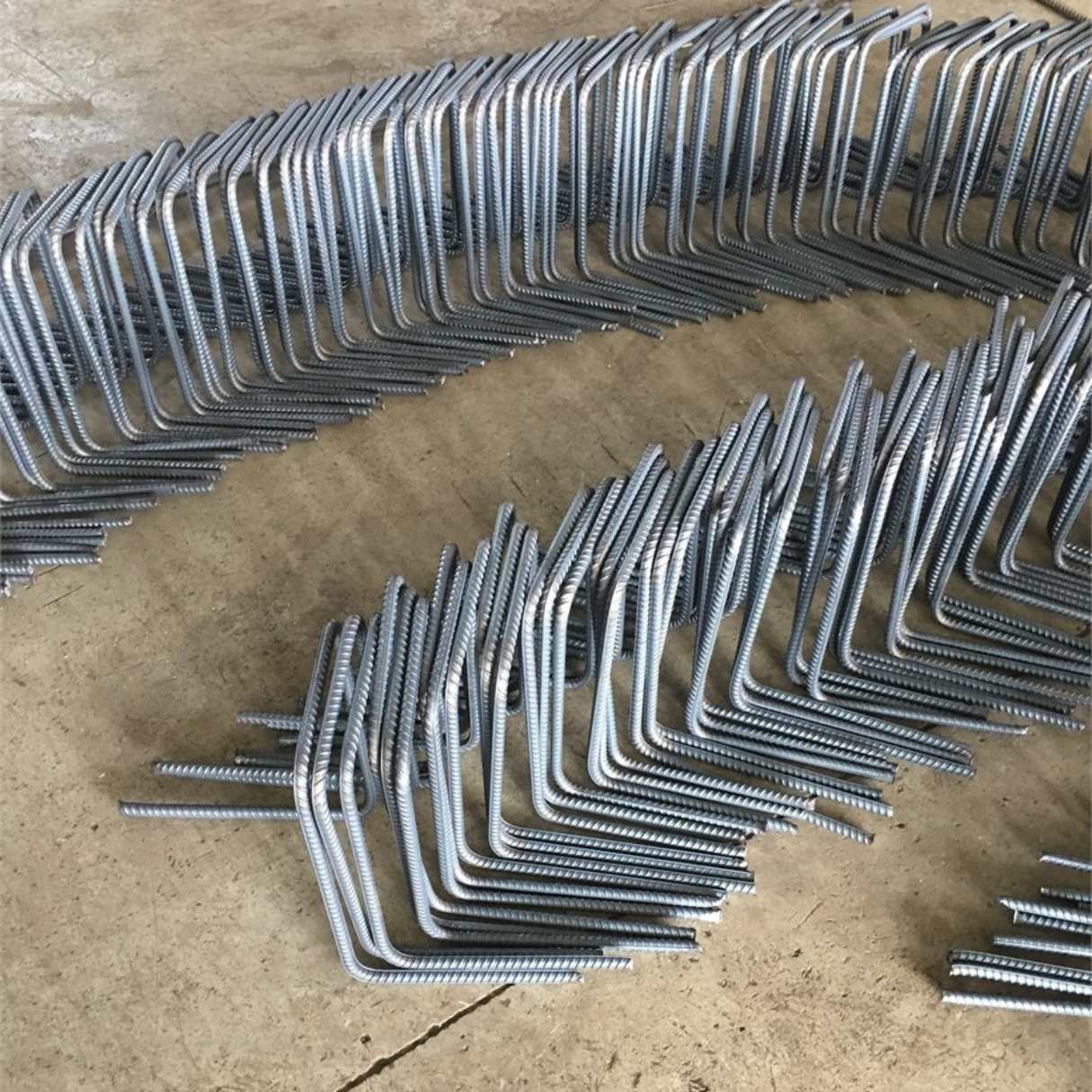
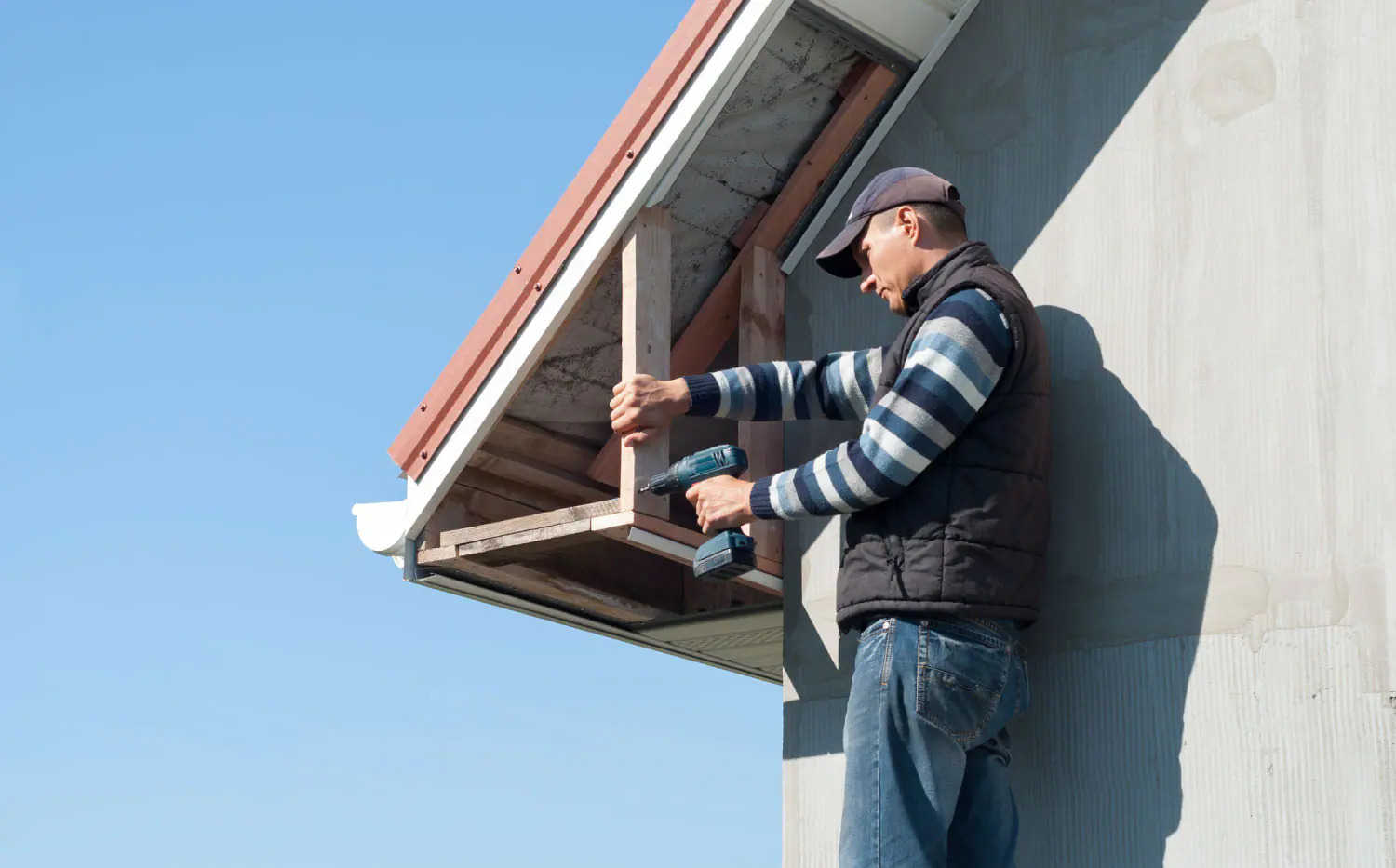
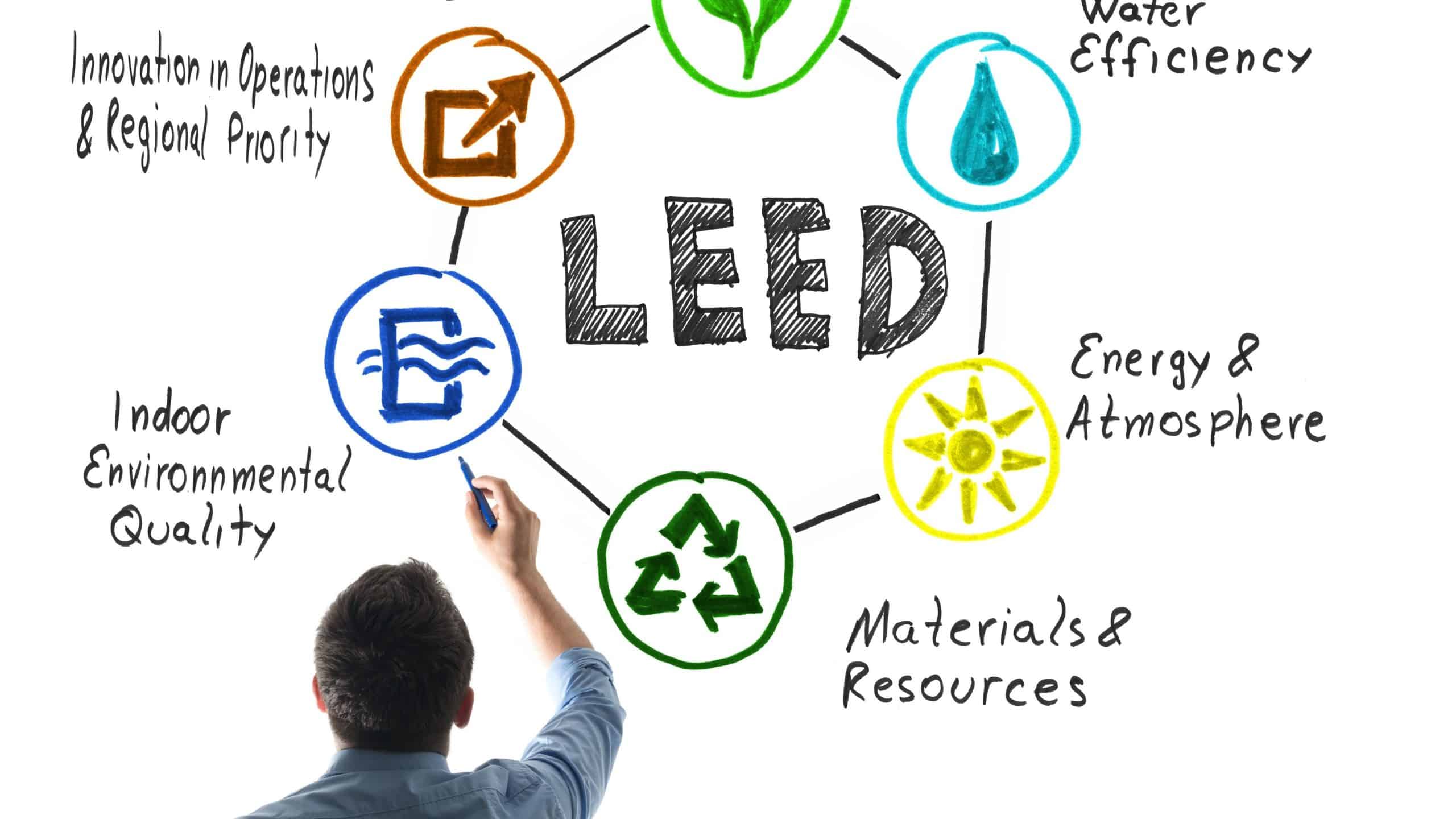
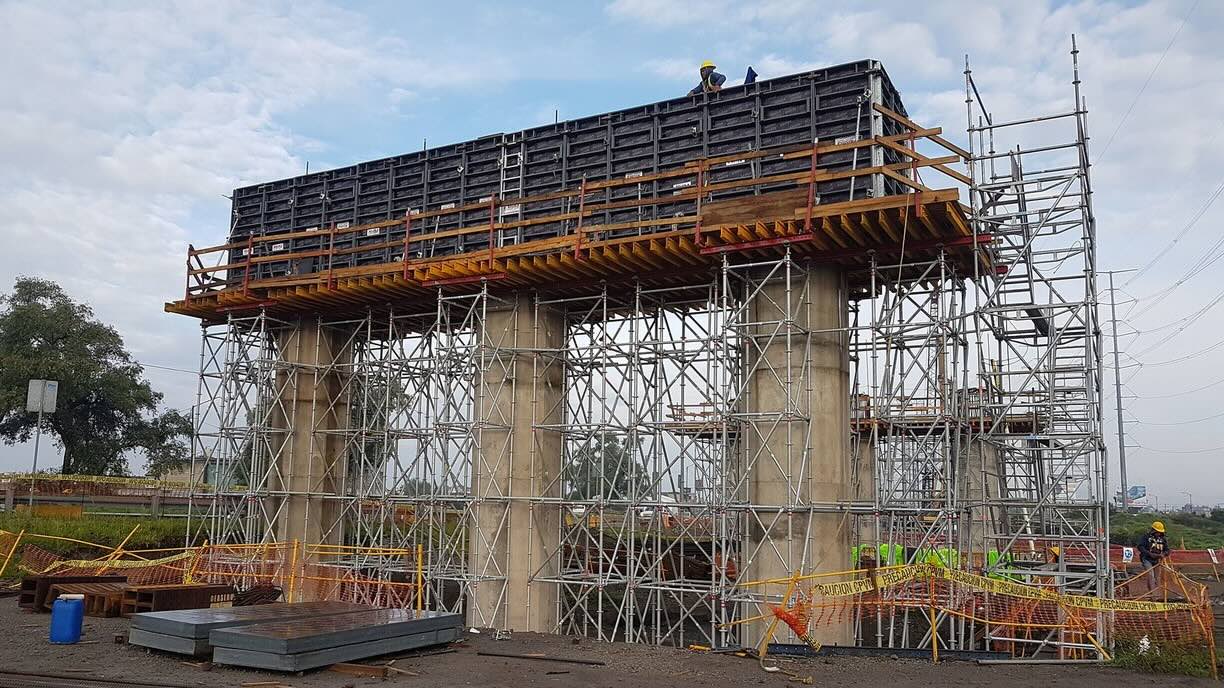
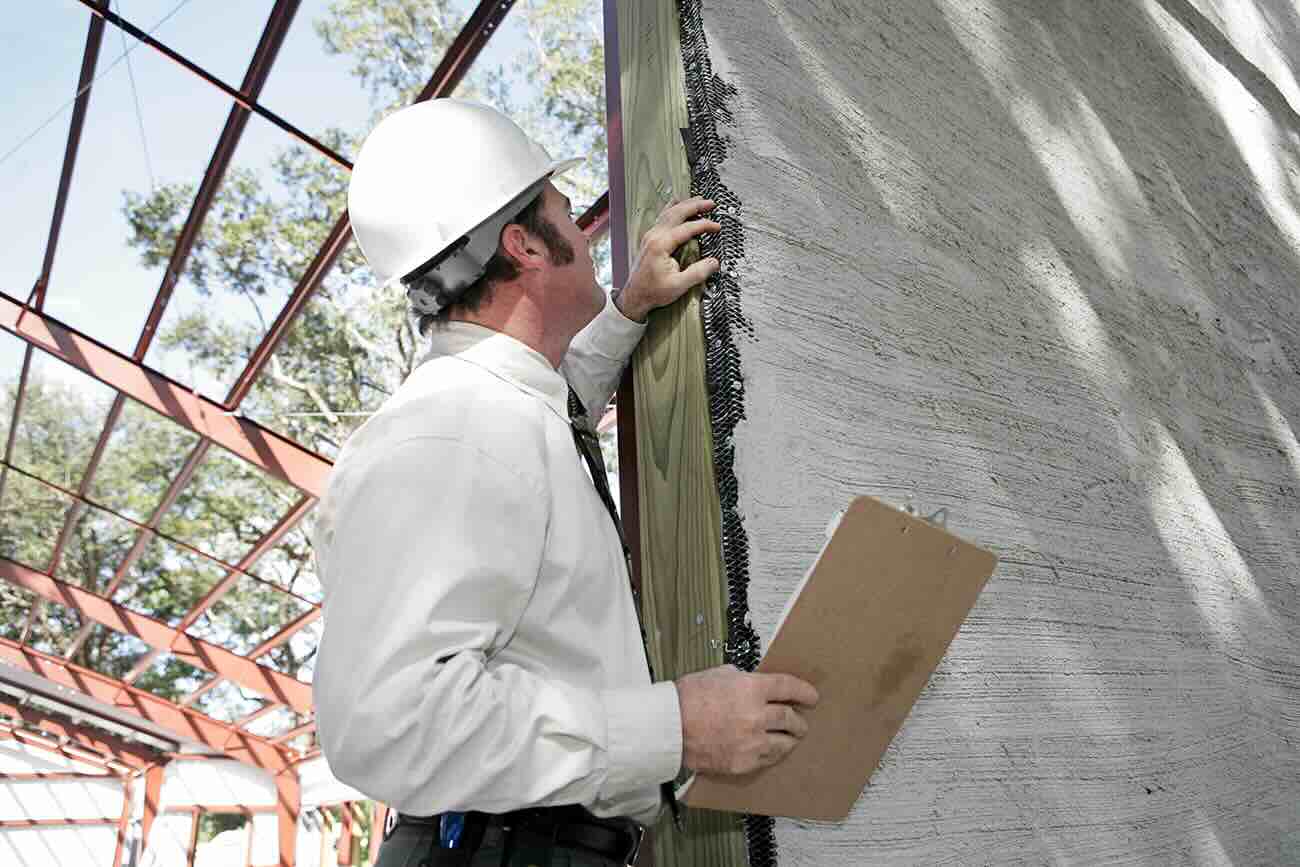
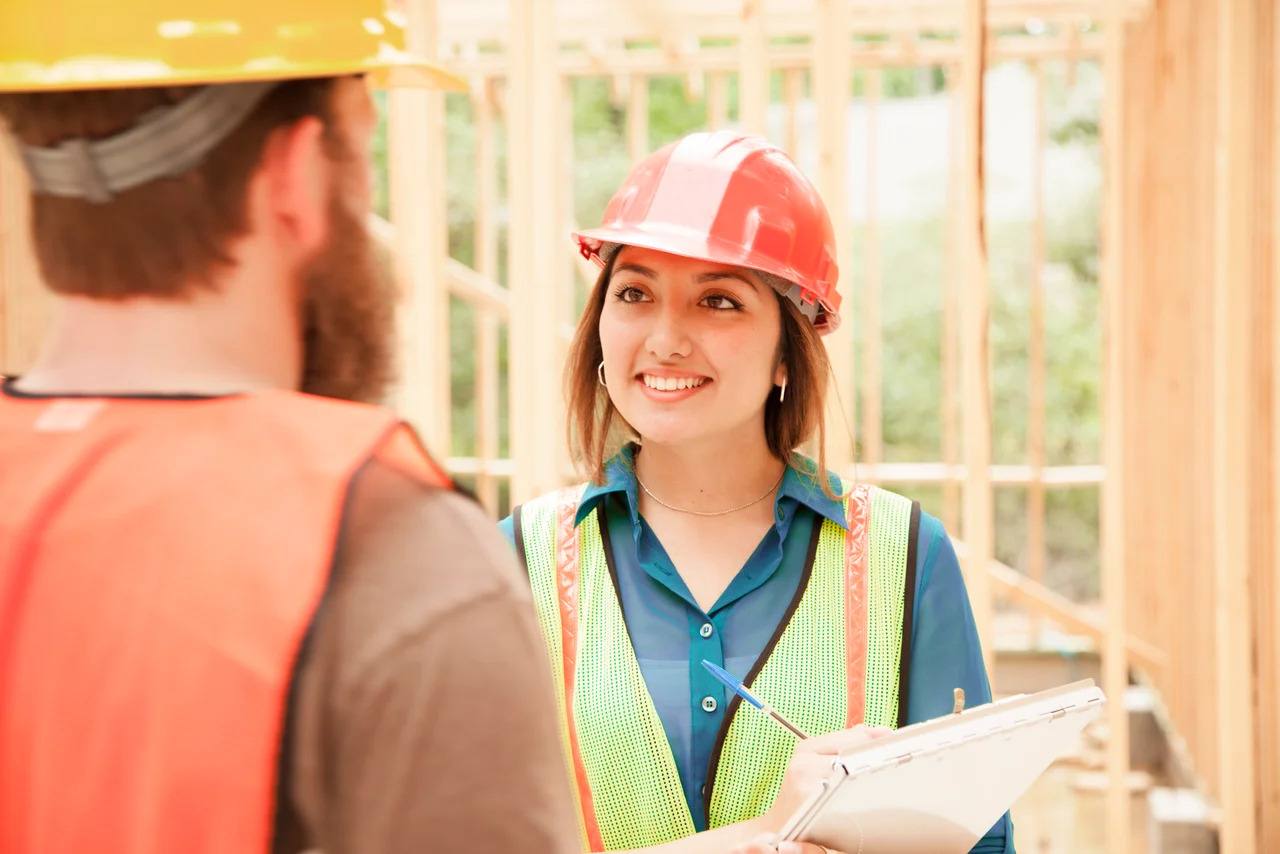
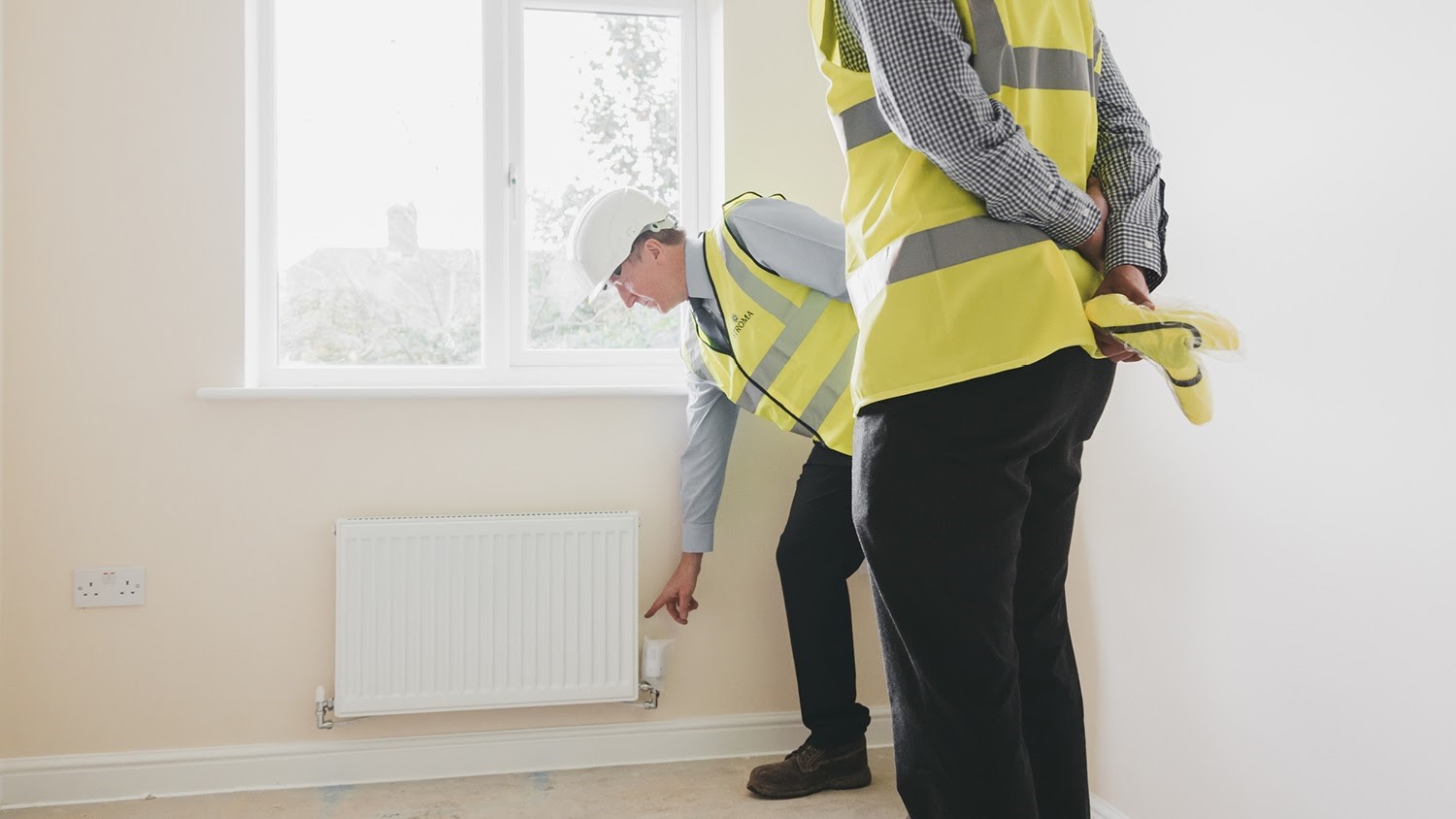
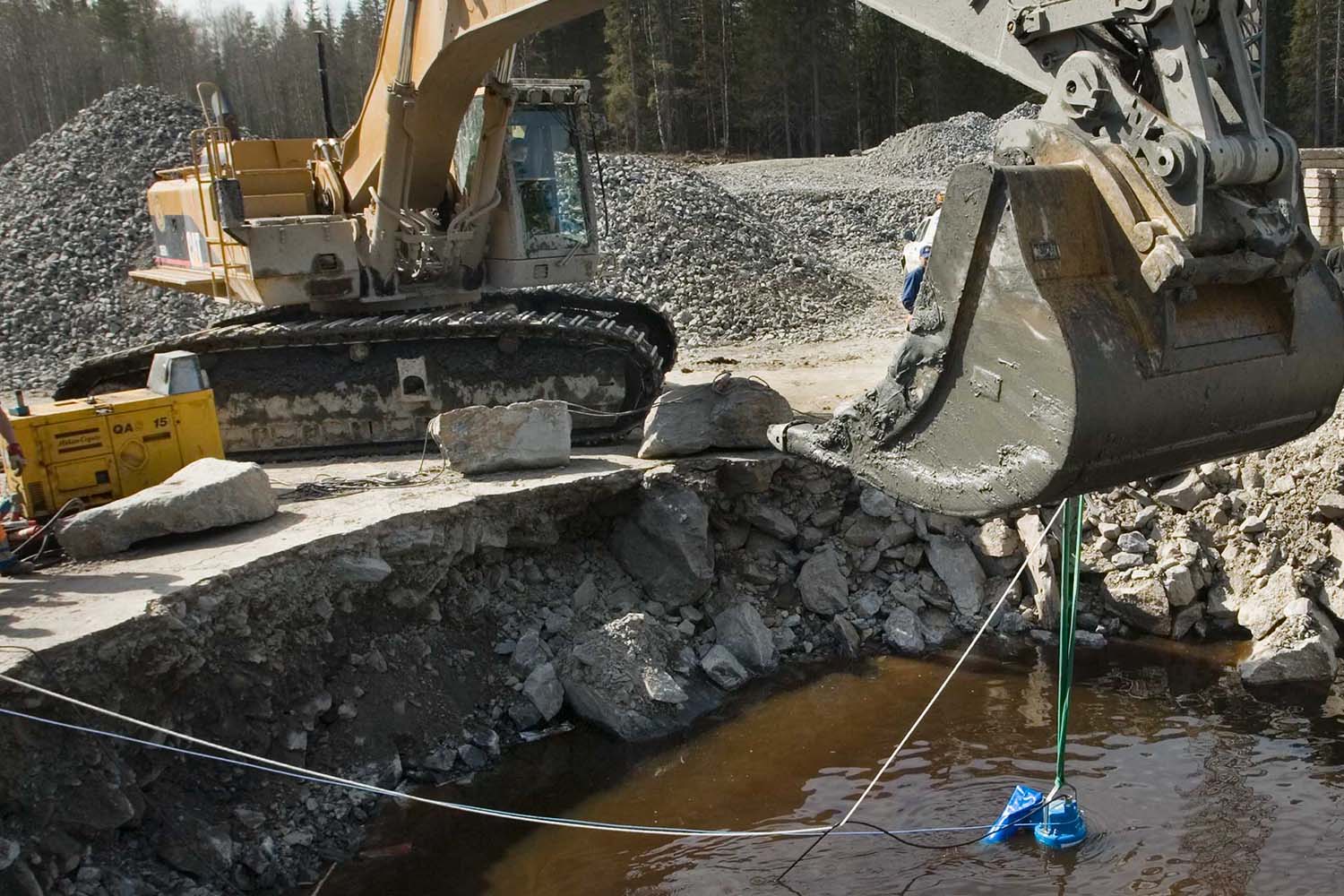
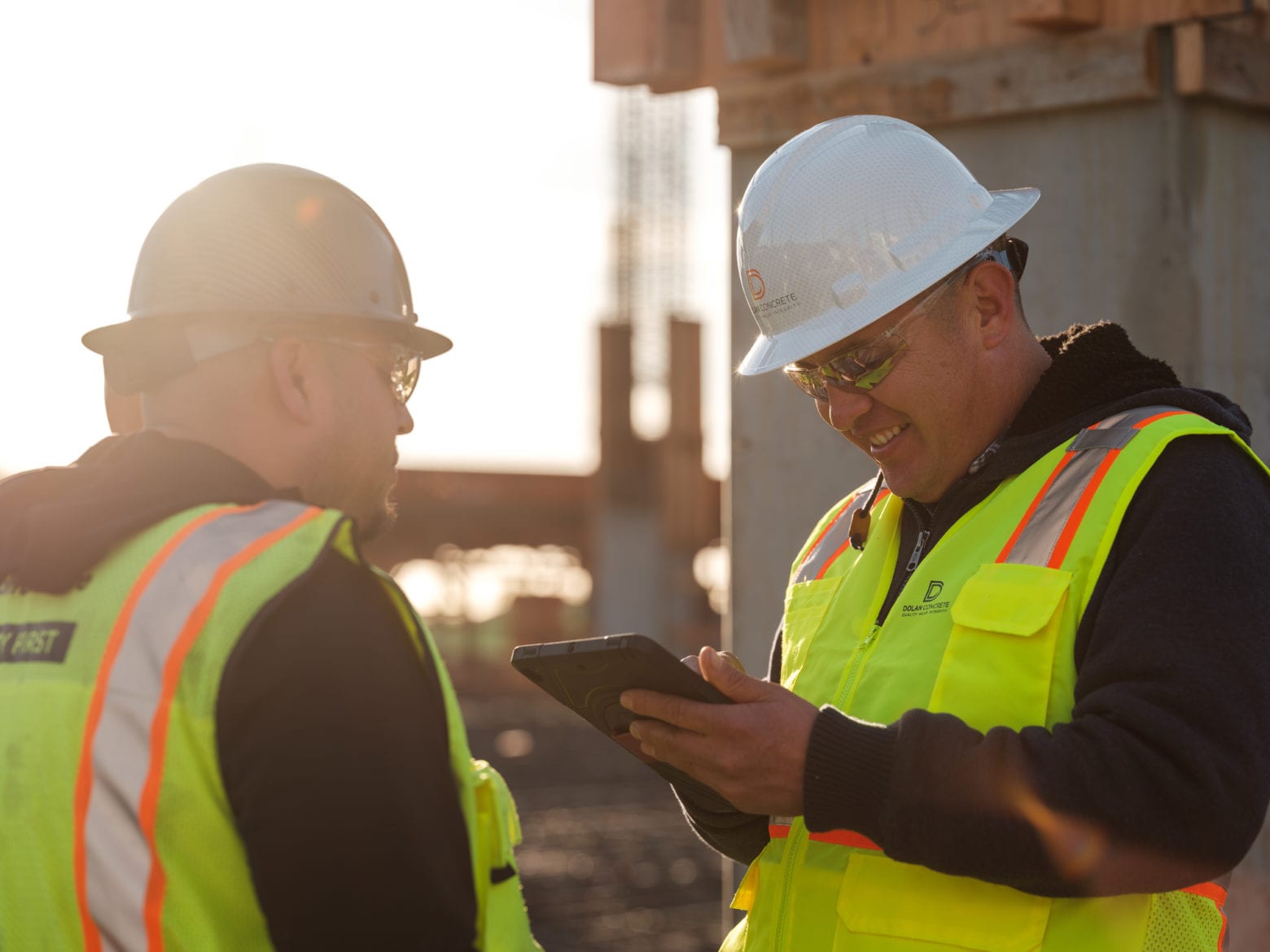

0 thoughts on “What Is Construction Defect Litigation”